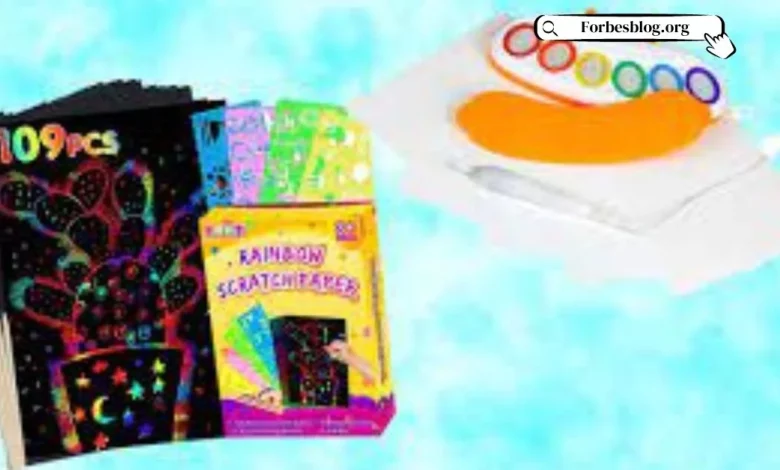20 Activities That’ll Make Your Child Fall in Love with Science

Science is a core subject that all children must learn. It is the study of all the living and nonliving things in the universe. But learning science can be a difficult task for some kids. The science concepts in their textbooks can be too abstract and complex for a child to understand. This might make them fear science and try not to learn the subject, which could, in turn, affect their academic performance.
The best way to make kids fall in love with the subject is to teach them science using fun methods and hands-on activities from a young age. This is why parents and teachers should introduce science experiments for kids from an early age. Science experiments and activities make the subject magical and more interesting for the kids. Watching the abstract concepts in their textbooks come to life in front of them helps to understand the lessons better. Additionally, it boosts their curiosity and makes them look forward to learning more.
Looking for science activities and games to improve your child’s learning? Try these 20 fun science experiments that’ll make your child fall in love with science.
20 Fun Science Activities for Kids
- Fizzy lemonade: Help your child learn about the chemical reaction between acids and bases with this fun experiment.
- Homemade butter: This is the perfect kitchen science experiment to help your child understand what happens to milk when it’s agitated and shaken.
- Rainbow in a jar: This is a fun experiment to help your child understand their lesson on viscosity and density.
- Dancing raisins: This is another great science experiment to help your child understand density and buoyancy.
- Crystal seashells: This is a magical experiment to help children understand how crystals form.
- Skittles rainbow: This is a fun experiment to help kids learn how sugar dissolves in water and density affects liquids.
- Watermelon volcano: The watermelon volcano experiment is a fun way to demonstrate acid-base reactions. This fun activity helps boost your kids learning of chemistry.
- Salt and ice: Annually, over 20 million tons of salt is used to melt snow in the cold, snowy regions of the country. Learn why they use salt with this fun experiment.
- Cloud in a jar: Does your child love clouds? Teach them how clouds form with this cloud in a jar experiment.
- Color changing celery: Demonstrate capillary action and how plants absorb water with this magical experiment.
- Make rock candy: Little kids love candy, so they’ll definitely love an experiment that involves making candy. Teach your little ones how to make rock candy and how sugar behaves in different temperatures.
- Glitter soap experiment: Help your child understand how soap repels germs in this glitter and soap science experiment.
- Popsicle stick Ferris wheel: Does your little one love the Ferris wheel at fairs? This popsicle stick engineering project will help them make one of their own.
- Straw roller coaster: A straw roller coaster is the perfect STEAM learning activity to test your child’s engineering skills.
- Walking water: Help your child understand capillary action and how new colors form when two or three colors are mixed with this fun science activity.
- Bubble blowing: Who doesn’t love blowing bubbles? It’s the perfect activity for a warm spring day or a sunny summer day. Help your child learn the science behind bubbles with this fun experiment.
- Egg drop project: Test your child’s knowledge of physics and engineering with this popular science project.
- Build a solar oven: This fun science project helps your child understand how solar energy works.
- Ocean in a bottle: If your little ones love the ocean, help them create one of their own ocean in a bottle with this fun science project.
- Edible solar system model: Make an edible model of a solar system using fruits and vegetables to help your child understand their lesson on the solar system.
These 20 science projects and experiments will pique your child’s curiosity and make them fall in love with science.
Visit for more articles: forbesblog.org




